Share
Try DigitalOcean for free
Click below to sign up and get $200 of credit to try our products over 60 days!Sign upArtificial intelligence is transforming the workplace, with DigitalOcean’s 2023 Currents research report revealing that 43% of businesses are currently using AI and machine learning tools for both personal and professional tasks. Plus, 78% of surveyed companies anticipate increased AI usage compared to the previous year.
Working on side projects is a great way to gain hands-on experience with new AI technologies while assembling a portfolio of unique projects. Whether it’s building a sentiment analysis tool for social media posts or experimenting with AI-powered image recognition for plant species identification, working on a side project can help you improve your practical skills and better understand AI technologies. By showcasing your ability to apply AI and machine learning algorithms to real-world problems, you can demonstrate your capabilities to potential employers or collaborators.
While side projects often start as learning experiences or professional development opportunities, they can also turn into full-blown business ventures, helping customers integrate AI capabilities into business, sales, and e-commerce. Read on to explore eight engaging AI side project ideas that cater to beginners, helping you kickstart your journey in AI development.
💡Looking to start your AI journey? The Wave has practical insights and hands-on strategies to get you started:
Summary
-
Taking on AI side projects helps you to practice using emerging technologies and expand your knowledge to practical, real-world scenarios.
-
Starting small, staying curious, and learning from the community will help you effectively launch and develop your AI side projects.
-
Whether you’re building a translation app using natural language processing or developing a movie recommendation system by deploying content-based filtering techniques, selecting the right infrastructure ensures that your project runs smoothly and remains scalable as it grows.
-
DigitalOcean’s GPU Droplets provide a scalable and high-performance solution for handling complex tasks like AI model training, allowing you to focus on development without worrying about infrastructure management.
5 Tips for getting started with your AI side project
Starting an AI side project can feel daunting, but breaking it down into manageable steps can help bring your ambitious idea to life. Here are some practical steps to kick off your pursuit:
1. Pick a passion project
You should start with a project that genuinely excites you. Whether it’s building a chatbot that suggests personalized workout routines, a recommendation engine for discovering new music based on your mood, or an AI-powered assistant for interior design that helps visualize room layouts, choose something that aligns with your passions and curiosity. This will keep you motivated as you encounter challenges and help you enjoy learning.
2. Focus on a small, achievable goal
Rather than trying to solve a complex problem from the start, focus on a smaller, manageable goal. For example, you can begin by building a simple image classifier rather than a full-fledged object detection system. Achieving small wins boosts your confidence as you encounter new technologies and experiment with them for the first time.
3. Choose the right underlying infrastructure
Whether you’re building a real-time object detection system using convolutional neural networks or experimenting with natural language generation using transformer models, you need to choose the right underlying infrastructure. For most AI/ML projects, GPUs are essential due to their parallel processing capabilities, which significantly accelerate model training and inference tasks. When selecting a GPU-enabled platform, consider factors such as the GPU’s CUDA core count, memory bandwidth, and VRAM capacity, as these specifications directly impact your model’s performance and training speed.
If you’re building an AI project and need powerful and easy-to-use infrastructure, you can opt for DigitalOcean’s scalable GPU Droplets (currently in early availability) to handle resource-intensive tasks without dealing with complex setups. Cloud-based GPU solutions, like DigitalOcean’s GPU Droplets, offer scalable and cost-effective options for running your AI/ML workloads without the need for significant upfront hardware investments.
4. Gather relevant datasets
To make any AI project work, you’re going to need data. Websites like Kaggle or UCI machine learning repositories are excellent places to find free datasets. Consider using public datasets through DigitalOcean’s Jupyter Notebooks, which offer built-in access to collaborative development environments and powerful compute resources for accelerated AI workloads. Look for a well-documented dataset that matches your project so you can easily understand its structure.
5. Collaborate with others and keep experimenting
Starting your AI project can feel overwhelming due to the wide range of tools and methods available, but actively collaborating with others can make the process more engaging and productive. Platforms like Stack Overflow, Reddit, and GitHub are places to seek help and find potential collaborators. On Reddit, subreddits such as r/MachineLearning, and r/datascience are ideal spaces to ask questions, share projects, and find peers working on similar AI challenges. GitHub allows you to contribute to open-source AI projects, offering hands-on experience and networking opportunities with fellow developers.
Engaging in community projects or contributing to ongoing discussions can connect you with experienced AI professionals who might provide valuable feedback or even join forces on your project. Regular experimentation with different approaches while staying connected with these communities keeps your learning dynamic and encourages constant growth.
8 AI side project ideas for beginners
With side projects, you can explore different AI applications, from natural language processing (NLP) to computer vision, allowing you to apply theory to real-world problems. Whether you want to improve your resume with fantastic projects or turn your passion into a profitable business, these ideas will set you on the right path.
💡When working on AI side projects, be aware of potential pitfalls and ethical considerations. Always include clear warnings to users about the possibility of AI hallucinations or inaccuracies in your project’s outputs. Be cautious about incorporating copyrighted or protected data into your projects, as while this might be acceptable for personal use, public or commercial applications could expose you to legal liability. Instead, rely on public datasets that are explicitly licensed for AI training and development.
Finally, consider practical issues like the computational resources required to run your model efficiently, potential privacy concerns if handling user data, and the need for ongoing maintenance as AI technologies rapidly evolve.
1. AI chatbot
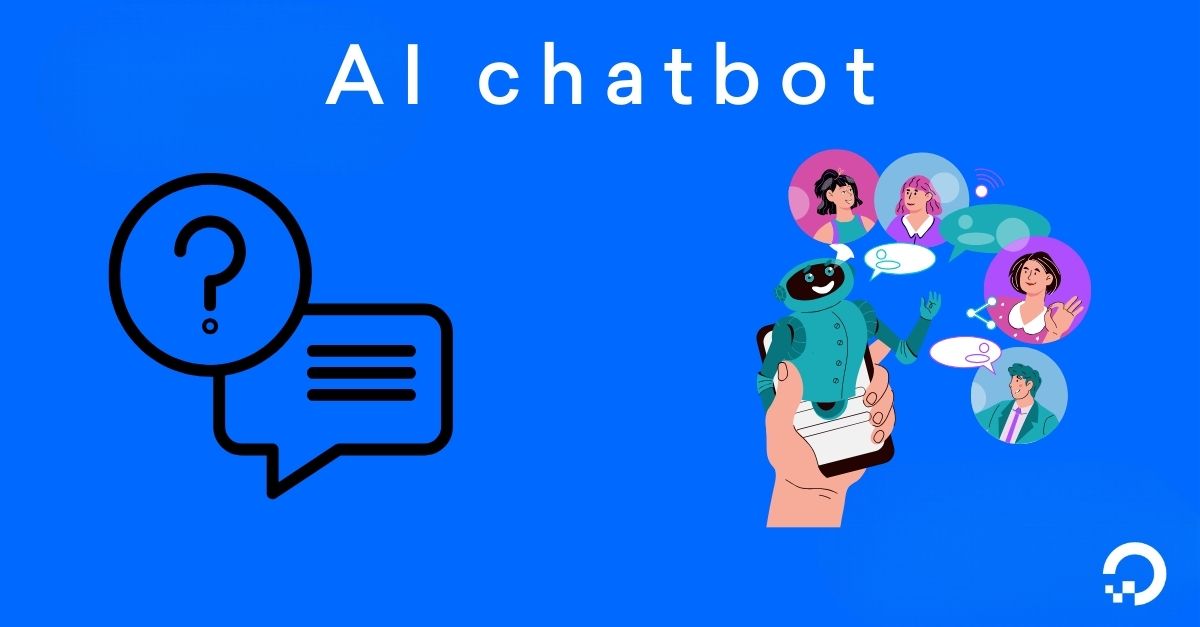
Building an AI chatbot is one of the most straightforward AI projects you can start. Using NLP and machine learning algorithms, you can create a chatbot that responds to user queries. Libraries like TensorFlow or platforms like Dialogflow simplify the process by offering pre-built models and intuitive tools for text-based input and response handling. With these tools, you can quickly build a functional chatbot without diving too deep into complex algorithms, making it ideal for beginners.
Key skills: Python, NLP, machine learning, deep learning, TensorFlow, API Integration.
AI chatbot ideas:
-
Create a chatbot based on transcripts of your favorite podcast, allowing you to “converse” with the host(s) about topics covered in the show.
-
Design a personalized fitness coach chatbot that adapts workout recommendations based on user feedback, fitness goals, and real-time data from wearable devices.
-
Build a chatbot that answers questions about your local area using curated information from community forums and local news sources.
2. Spam filtering
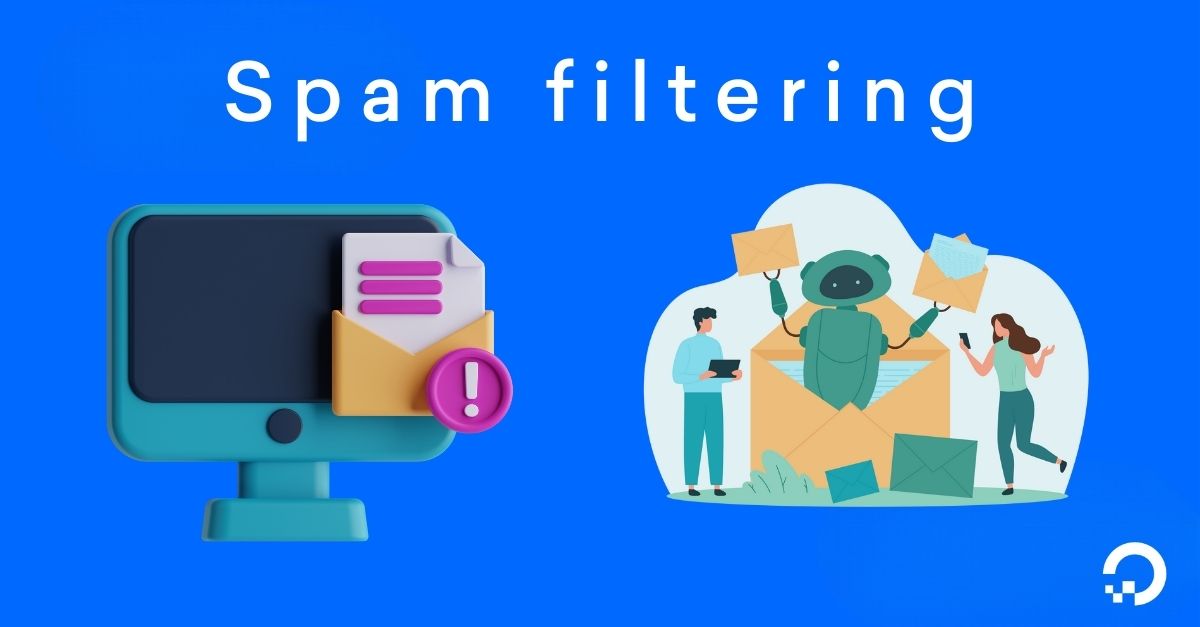
In a spam filtering project, you can apply several AI techniques to classify emails as spam or legitimate. To analyze email text and patterns to flag suspicious messages, you can use NLP. For basic filtering, you can use classifiers, which calculate the spam probability based on keywords found in previous messages. You can also try support vector machines (SVM) to classify emails based on specific features like sender data and content.
To become more advanced, use deep learning models like convolutional neural networks (CNNs) or recurrent neural networks (RNNs) to detect complex text, metadata, or attachment patterns.
Key skills: Classifier algorithms, SVM, Python, NLP, deep learning, data preprocessing.
3. Translator app
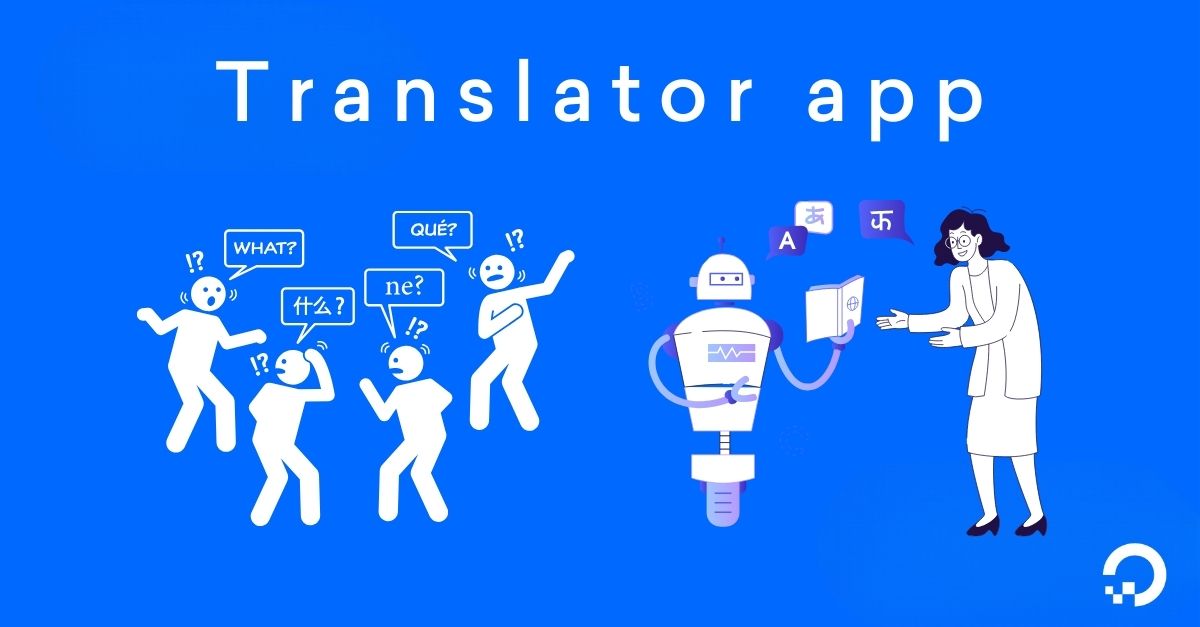
Building a translator app lets you learn how models handle complex tasks like language detection, translation, and sentence structure. You can use NLP and neural machine translation (NMT) to create an app that translates text between different languages. By using transformer models, you can develop a system that understands the context of the text and provides accurate translations. You’ll start by collecting multilingual datasets that provide parallel text data in various languages. Once you’ve trained your model, you can integrate APIs like Google Translate or DeepL to improve your app’s real-time translation capabilities. These APIs help you avoid building a translation system from scratch and focus on refining user experience.
Key skills: Python, NLP, NMT, transformer model techniques, API Integration.
Note: 😎 Do you know? According to our Currents 2023 report, 45% of participants believe that AI and machine learning tools make their jobs easier!
4. Handwritten digit recognition
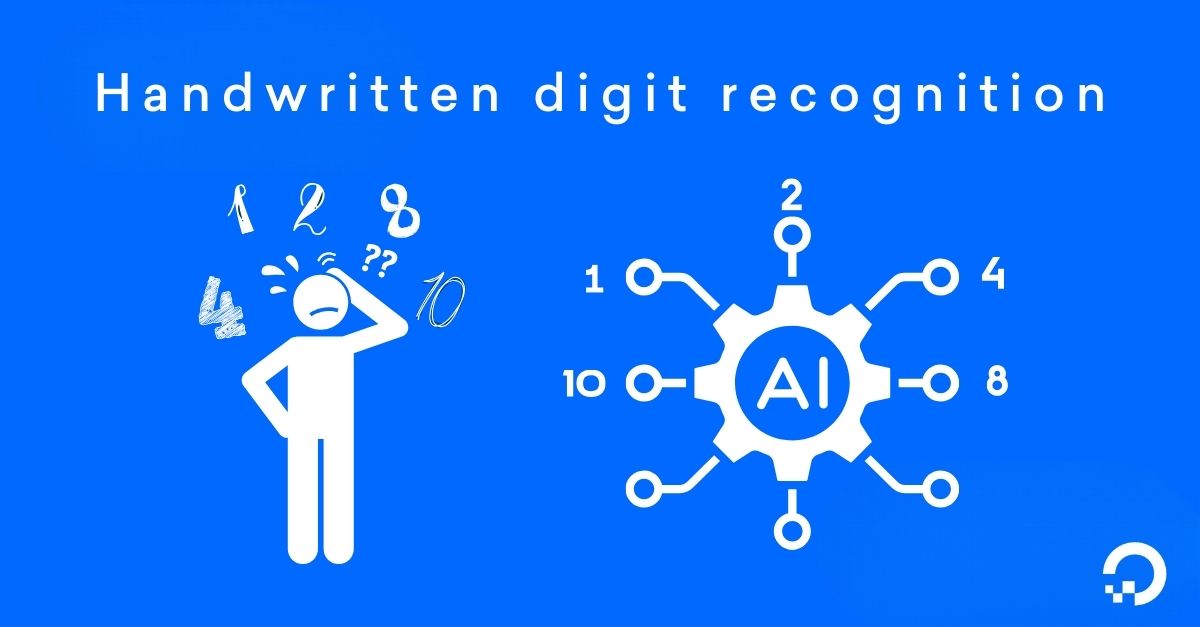
With a handwritten digit recognition project, you’ll create a model automatically identifying and classifying handwritten digits (0-9) from images. To build the model, you’ll first preprocess the images, ensuring they’re all uniform size and grayscale. You can then use CNNs to train the model to recognize patterns in the pixel data of the digits. A standard dataset for this task is the MNIST dataset, which contains thousands of labeled images of handwritten digits. Taking this project further, you could expand the scope to optical character recognition (OCR), which extends beyond digits to recognize full text in various fonts and sizes. This allows you to apply the model to real-world applications, like automating the processing of handwritten forms or building a digit recognition tool for mobile devices.
Key skills: CNN, image preprocessing algorithms, PyTorch, Python, CNN, MNIST dataset.
5. Image classification
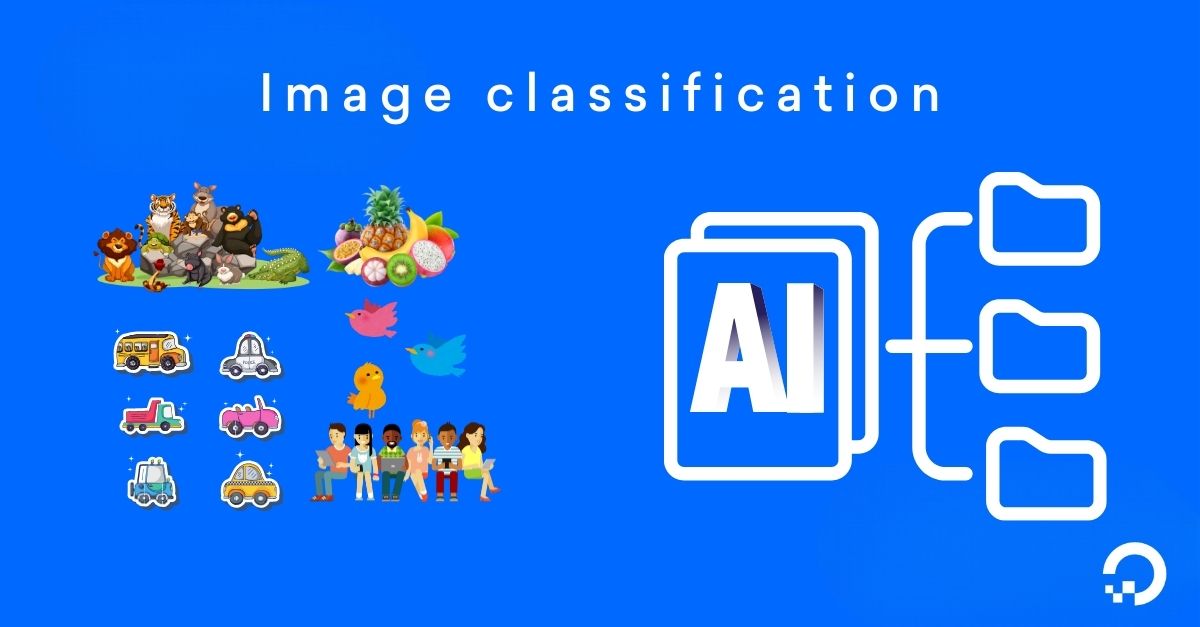
Try building a model that automatically recognizes objects or scenes in images and categorizes them into predefined classes. This project begins with a labeled dataset containing thousands of pictures grouped into categories like animals, vehicles, or everyday objects. First, you’ll preprocess the images to standardize their size and format. Then, you’ll train your model using CNN to learn visual patterns in the pictures, like shapes, colors, and textures. You can classify new, unseen images once your model is trained and tested. The beauty of image classification is that it can be expanded into various real-world applications, such as facial recognition, medical imaging analysis, and even self-driving car technology.
Key skills: Image dataset processing frameworks, CNN, TensorFlow, or PyTorch
6. Code refactoring helper
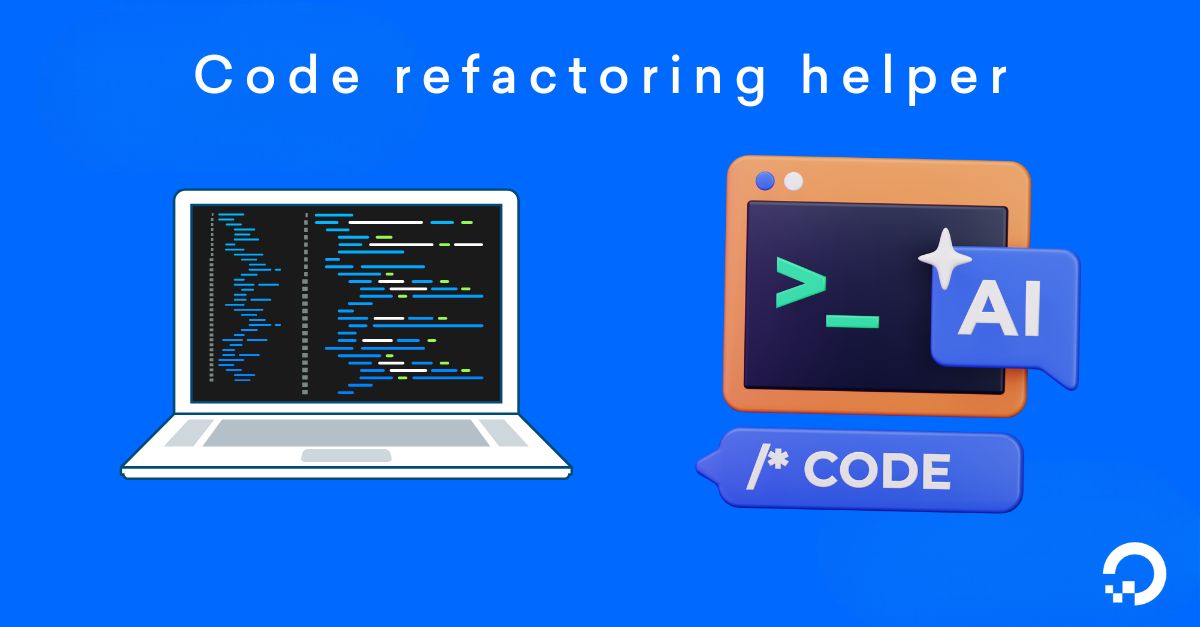
A code refactoring helper is an AI tool that helps you clean up and improve existing code without changing its functionality. You’ll create an AI model that scans code for inefficiencies and suggests better writing methods. You can start by gathering messy and optimized code examples from open-source websites like Github, train the AI using machine learning techniques to recognize patterns, and then integrate it with integrated development environment IDEs for real-time suggestions. Once the tool runs, you can expand it to support more languages and add advanced features like security checks or style customizations.
Key skills: NLP, Python, and IDE plugin development.
7. Movie recommendation system
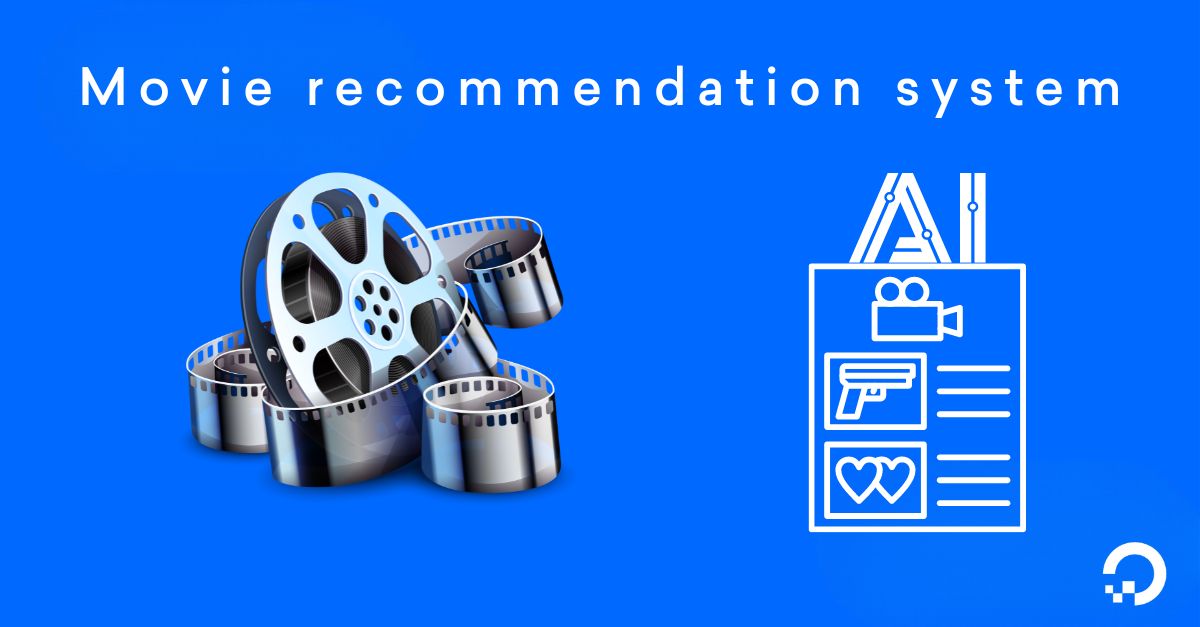
Building a movie recommendation system allows you to create a personalized movie suggestion engine that predicts which films users will enjoy based on their past preferences. You’ll start with a dataset like MovieLens, which contains user ratings, movie details, and genres. In this project, you will analyze user behavior and identify patterns to recommend movies they haven’t seen yet but are likely to enjoy. To achieve this, you can use techniques like collaborative filtering, which finds similarities between users or movies based on their ratings, and content-based filtering, which recommends movies similar to those a user has liked before. Once built, your system is a great learning experience, giving you the skills to apply recommendation algorithms in various contexts. While this specific system may not be directly deployable, it provides valuable practice for building similar systems, whether for streaming services, e-commerce platforms, or social media.
Key skills: Collaborative filtering, content-based filtering, matrix factorization, Python, and machine learning algorithms.
8. Resume parser
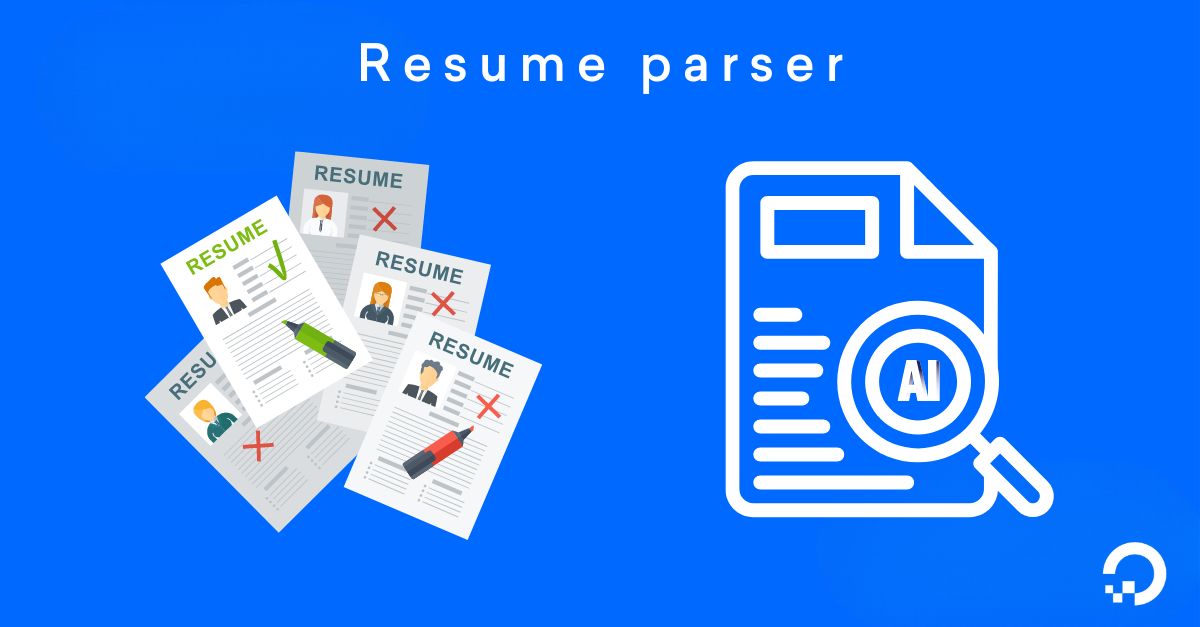
With a resume parser, you can automatically extract critical information from resumes, such as name, contact details, education, and work experience. You’ll start by collecting resumes from datasets available in the public domain, such as Kaggle, in different formats (PDF, Word, etc.) and using NLP techniques to analyze and break down the text. By defining specific patterns for dates, job titles, and company names, you can train your model to identify the necessary information. You might also employ named entity recognition (NER) to recognize entities like universities, degrees, and skills. Once you’ve parsed the data, you can store it in a structured format, such as a database, for easier access and comparison. An advanced project would be integrating it into recruitment software or job boards, automating candidate screening to help HR teams process large volumes of resumes more efficiently.
Key skills: Named Entity Recognition (NER), Python, NLP, data extraction, and parsing techniques.
Build with AI on DigitalOcean
AI is transforming how we work, and it’s worth experimenting with—whether that’s exploring an AI side project or building a full-fledged AI business. DigitalOcean can help with our AI tools and support your AI endeavors.
Sign up for the early availability of GPU Droplets to supercharge your AI/ML workloads, and contact our team if you’re interested in dedicated H100s that are even more customizable. DigitalOcean GPU Droplets offer a simple, flexible, and affordable solution for your cutting-edge projects.
With GPU Droplets, you can:
-
Reliably run training and inference on AI/ML models
-
Process large data sets and complex neural networks for deep learning use cases
-
Tackle high-performance computing (HPC) tasks with ease
Don’t miss out on this opportunity to scale your AI capabilities. Sign up now for early access and be among the first to experience the power of DigitalOcean GPU Droplets!
Share
Try DigitalOcean for free
Click below to sign up and get $200 of credit to try our products over 60 days!Sign upGet started for free
Sign up and get $200 in credit for your first 60 days with DigitalOcean.*
*This promotional offer applies to new accounts only.